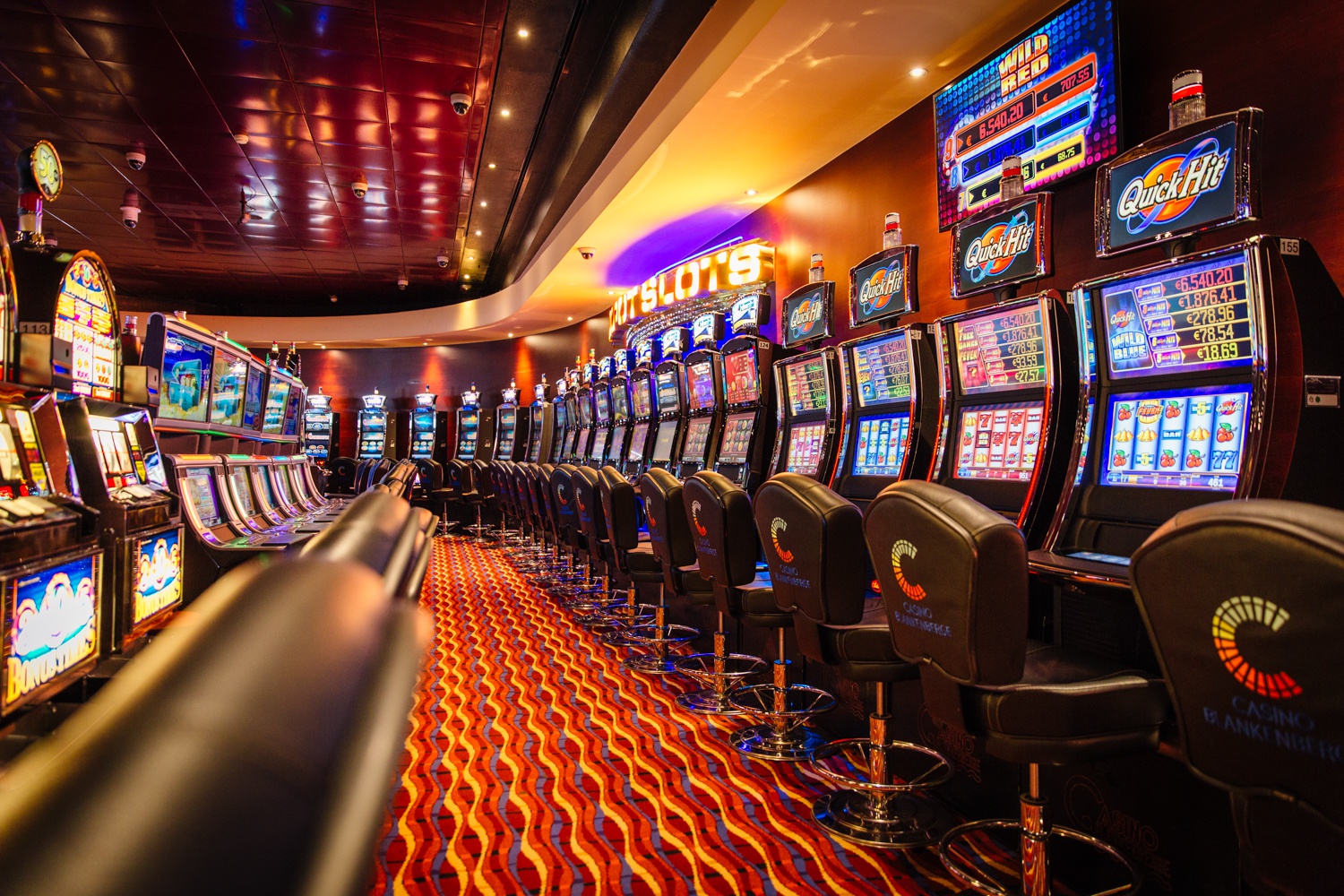
Within the lively and exciting world of casinos, wherein fortune and tactics intertwine, color and design play a key role in attracting gamblers. From the moment visitors step into a casino or log into a gaming platform, they are enveloped in a sightly feast that captures their attention and lures them to discover further. Vivid colors, captivating graphics, and innovative layouts are meticulously crafted to create an atmosphere of thrill and anticipation, ultimately improving the gaming encounter.
As players navigate through the ever-changing landscape of casino games, they encounter a range of designs that not only serve aesthetic purposes but also affect emotions and choices. Hues like red and yellow symbolize wealth and luck, while calm navy and greens can create a much tranquil environment. Understanding how these elements function together enables casinos to create an welcoming and stimulating atmosphere that encourages players to engage with the games, invest additional time at the tables, and boost their overall enjoyment.
The Study of Tint in Casino Games
Tint plays a key role in the creation of gaming experiences, affecting players’ feelings and actions. Vivid and striking hues, such as crimson and gold, are often used to stimulate enthusiasm and attract notice. These hues create a feeling urgency and energy, encouraging players to participate more eagerly with the activity. By intentionally selecting colors, designers aim to inspire emotions of pleasure and anticipation, which can enhance the overall gaming experience.
Various colors also have psychological associations that can influence how gamblers perceive their possibilities of victory. For case, lime is frequently associated with good fortune and prosperity, making it a frequent choice in activities like the roulette wheel and poker setups. This link can result participants to feel more positive and self-assured in their play, ultimately inspiring them to wager more. Comprehending these connections allows game designers to design environments that enhance player happiness and engagement.
Moreover, the design of casino game interfaces often utilizes color gradients and opposing hues to guide players’ actions. For example, successful results may be emphasized with striking, differing hues, creating a visual reward. This approach strengthens positive outcomes and promotes repeated engagement. By exploiting color psychology, gaming venues can develop games that not only captivate participants but also maintain them interested and committed in their gaming experience.
Creative Features that Attract Players
The aesthetic appeal of gambling games is largely influenced by the implementation of vibrant colors. Lively and contrasting colors are deliberately chosen to create an inviting atmosphere that grabs attention. For example, crimson and golden hues often signify luck and wealth, which is why they are prevalent in the color schemes of slot machines and table surfaces. These colors not only draw players in, but they also stir emotions associated with excitement and expectation, enhancing the total gaming experience.
In parallel to color, the design and layout of gambling games play a crucial role in player attraction. Games are designed to be intuitive, ensuring that players can quickly understand the rules and mechanics. User-friendly interfaces, along with engaging graphics and animations, help maintain gamer interest and promote extended play sessions. The tactile elements, such as the texture of the controls and the sounds of the games, also add to a holistic sensory experience that keeps players immersed.
Finally, thematic elements in game design can significantly influence gaming decisions. Many gambling games are inspired by popular culture, fairy tales, or adventure themes, incorporating symbols and characters that resonate with players. These themes create a sense of immersion and relatability, making each game feel unique. fb88.com When players feel a connection to the theme, they are more likely to opt for that game over others, leading to increased participation and excitement within the casino environment.
Case Studies: Effective Gambling Table Game Designs
One noteworthy example of successful gambling game design is the acclaimed slot machine series based around hit movies. Games such as those based on the Wizard of Oz and Game of Thrones utilize bright colors and top-notch graphics to immerse players in well-known narratives. The use of lively visuals and engaging sound effects grabs the interest of players, creating an psychological connection to the theme. This strategy not just promotes longer play but also boosts the overall gaming experience, yielding increased player retention.
Another successful case is the application of the psychology of color in table games like 21 and roulette. Casinos often design these games with rich reds and greens, colors traditionally associated with luck and wealth. For instance, the green felt on a blackjack table provides a calming effect, while the red accents in the wheel invite excitement. This thoughtful use of color helps to create an inviting atmosphere that encourages players to join in, addressing their psychological impulses and enhancing their enjoyment.
Finally, social casino games that incorporate social features and vivid, colorful designs have seen remarkable success in engaging players. Games like Zynga’s Poker and Slotomania leverage striking colors and playful animations to create an inviting online environment. The inclusion of leaderboards, social sharing options, and in-app rewards promotes competition and community, attracting players in for longer sessions. Such designs not just make the games visually enticing but also highlight community engagement, a key factor in player retention and engagement within online casino environments. Tải App FB88